|

DAIMYO of
SHIMOSA PROVINCE
Mizuno
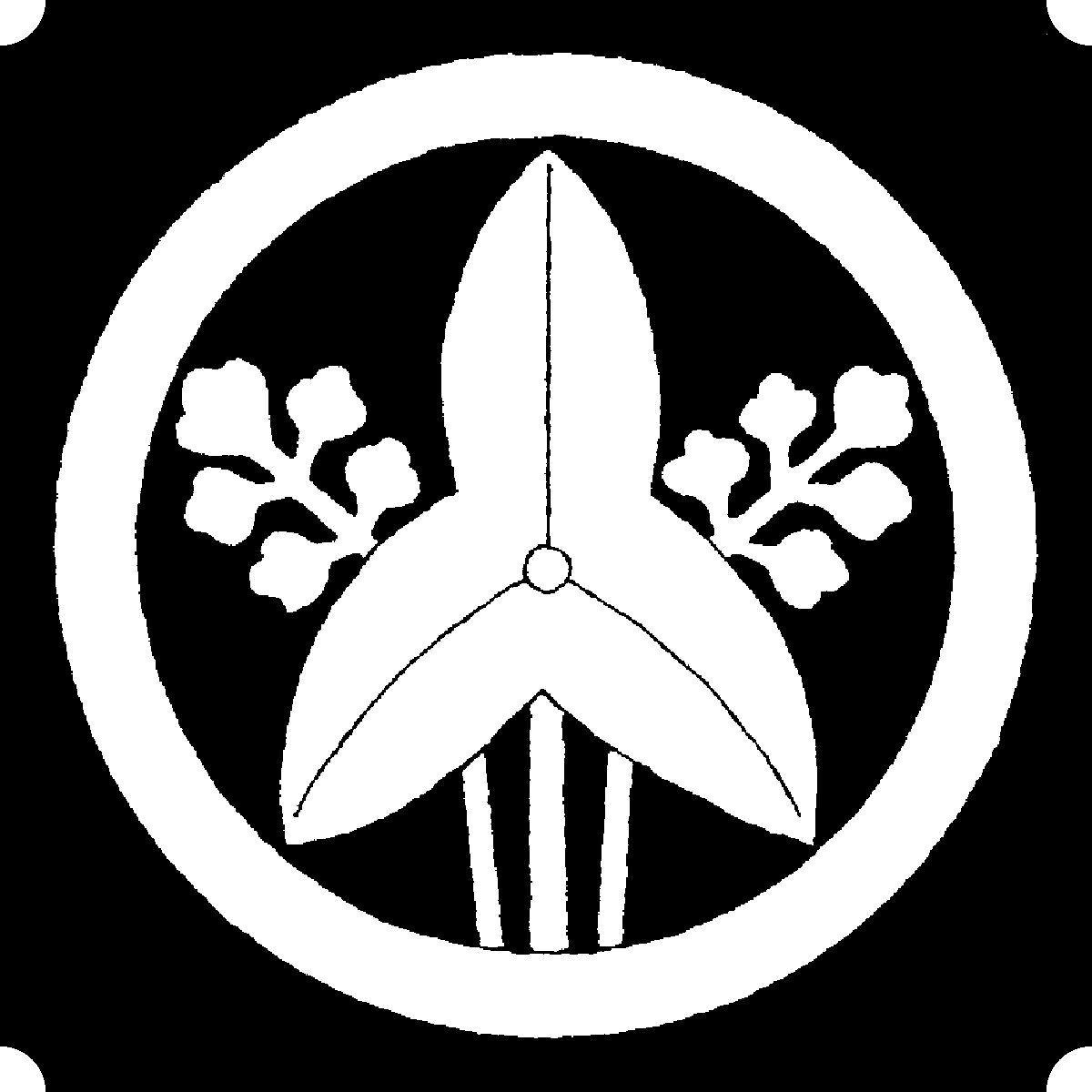

- Domain: Yuki
- Stipend: 18,000 koku
- Class: Fudai 5
- Headquarters: Yuki Castle
Daimyo family descended from Minamoto Mitsumasa, son of Tsunemoto (Seiwa-Genji).
In the 15th century, Mitsusada settled at Mizuno (Owari) and took the name of
the place.
Eldest branch.
Succession
- Tadamasa ( -1543)
- Nobumoto ( -1576)
- Tadashige (1541-1600)
- Katsunari/Katsushige (1564-1651) - Daimyo of Kariya (Mikawa -- 30,000
koku); daimyo of Koriyama (Yamato -- 60,000 koku); 1st Mizuno daimyo of
Fukuyama (Bingo -- 100,000 koku)
- Katsutoshi
- Katsusada
- Katsutane
- Katsumine
- Katsunaga - 5th Mizuno daimyo of Fukuyama; 1st Mizuno daimyo of Yuki
- Katsumasa
- Katsunobu
- Katsuchika
- Katsuoki
- Katsukata
- Katsuzane
- Katsuyuki
- Katsutou
- Katsutomo (1838-1919, daimyo 1862- )
- Katsuhiro - Heir (disgraced)
Notable Ancestors
Occupied consecutively the castles of Okawa (Owari), Otaka (Owawi) and
Kariya (Mikawa). His daughter, Odai, married Tokugawa Hirotada and was the
mother of Ieyasu; whence the prosperity of the family.
Shimotsuke no kami. In 1543 deserted the Imagawa, his liege lords, in
order to follow Oda Nobuhide; this estranged the Matsudaira and the Tokugawa
from him until the day when they also rallied round Nobunaga. Having had a
quarrel with Sakuma Nobumasa, Nobumoto was accused before Nobunaga who gave
orders to Ieyasu to put him to death: Ieyasu obeyed and sent the head of his
uncle to Nobunaga.
-
Mizuno
Tadashige (1541-1600)
Was the brother of Nobumoto, but at the death of the latter, he was chosen
heir to his castle of Kariya (Mikawa). He served Hideyoshi, who named him
Izumi no kami and raised his revenues to 40,000 koku. He was murdered by Kagai
Hidemasu.
-
Mizuno
Katsunari (1564-1651)
Took part in the Kyushu expedition (1587) under the leadership of Sasa
Narimasa. During the Korean war, his conduct was disgraced. He passed from the
army of Konishi Yukinaga to that of Kato Kiyomasa, then to that of Kuroda
Nagamasa, of Miura Shigekatsu, etc. Having returned to Japan, he sailed with
Ieyasu, his cousin, and was named Hyuga no kami. In 1615 he was transferred
from Kariya to Koriyama (Yamato -- 60,000 koku); and in 1619 to Fukuyama
(Bingo -- 100,000 koku). In 1638 he helped to repress the Simabara
insurrection. In 1646 he had his head shaved and took the name of Sokyo.
His direct lineage stops in 1698. An heir was chosen for him in the person
of one of his relatives, who in 1703 received the castle Yuki, where his
family remained.
Related Branches
- Branch: Numazu (Suruga -- 50,000 koku)
- Branch: Tsurumaki (Kazusa -- 15,000 koku)
- Branch: Yamagata (Dewa -- 50,000 koku)
- Branch: Shingu (Kii -- 35,000 koku)
Sources
Hotta
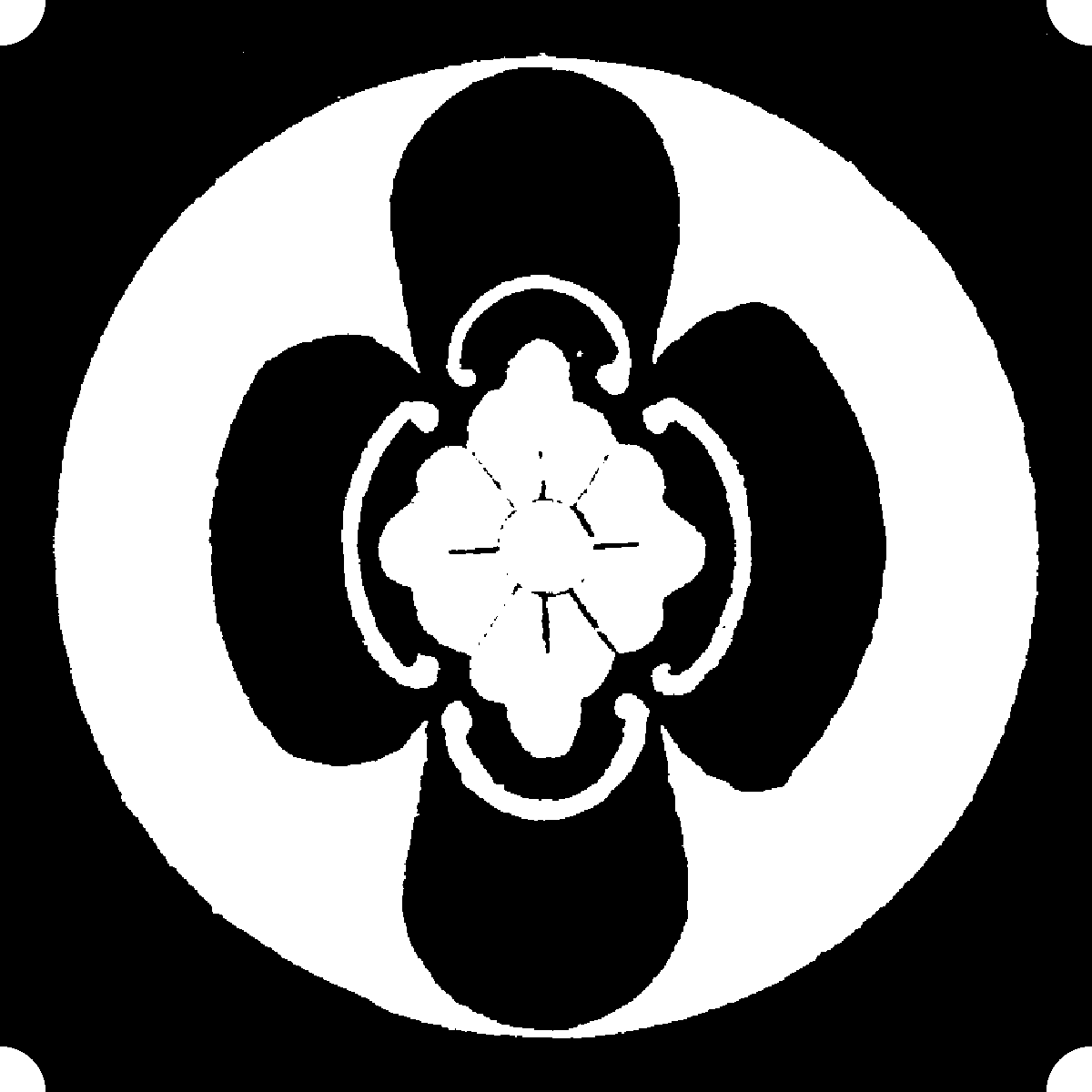

- Domain: Sakura
- Stipend: 110,000 koku
- Class: Fudai 5
- Headquarters: Sakura Castle (Hilltop)
.jpg)
Daimyo family of Owari descended from Takeshiuchi no Sukune.
Junior branch.
Succession
- Masamori (1606-1651)
- Masatoshi (1631-1684) - Daimyo of Annaka (Kozuke -- 40,000 koku); 1st
Hotta daimyo of Koga (Shimosa -- 90,000 koku)
- Masanaka (1660-1694) - 2nd Hotta daimyo of Koga; daimyo of Yamagata (Dewa
-- 100,000 koku), 1st tenure; 1st Hotta daimyo of Fukushima (Mutsu --
100,000 koku)
- Masatora (1662-1729) - 2nd Hotta daimyo of Fukushima; 1st Hotta daimyo of
Yamagata (Dewa -- 100,000 koku), 2nd tenure
- Masaharu
- Masasuke - 3rd Hotta daimyo of Yamagata; 1st Hotta daimyo of Sakura
- Masanari
- Masatoki
- Masachika
- Masayoshi/Masamutsu (1810-1864, daimyo 1825-1859)
- Masamichi
Notable Ancestors
-
Hotta
Masamori (1606-1651)
Kaga no kami, had great influence over the Shogun Iemitsu. In 1635 he was
made daimyo of Kawagoe (Musashi -- 26,000 koku); in 1638 of Matsumoto (Shinano
-- 95,000 koku); and in 1642 of Sakura (Shimosa -- 145,000 koku). At the
death of Iemitsu, he committed suicide (junshi) in order not to survive the
Shogun.
-
Hotta
Masatoshi (1631-1684)
Son of Masamori. In 1651, at the death of his father, he received a
revenue of 13,000 koku at Moriya (Shimosa); thence in 1667 he passed to Annaka
(Kozuke -- 20,000 koku). He was successively Waka-doshiyori and roju; in 1681 was
nominated Tairo and Chikuzen no kami, and transferred to Koga (Shimosa
-- 115,000 koku).
-
Hotta
Masanaka (1660-1694)
Shimosa no kami. In 1685 passed to Yamagata (Dewa); and in 1686 to
Fukushima (Mutsu).
-
Hotta
Masatora (1662-1729)
Izu no kami. In 1700 returned to Yamagata (Dewa).
In 1745 was transferred to Sakura, where his descendants resided.
-
Hotta
Masayoshi (1810-1864)
.jpg)
Was Jisha-bugyo, Osaka-jodai, and in 1841 roju. In 1856 the Bakufu charged him
with regulating the intercourse with foreigners, and it was in this capacity
that, in the following year, he received Mr. Harris, the envoy of the United
States, and procured for him an audience with the Shogun Iesada to discuss the
opening of certain ports. This question roused the hostility of the daimyo of
Mito, Tosa, and others; Masayoshi was sent to Kyoto but failed to obtain at
Court the acceptance of the proposals. Though he was of the same opinion as
the minister of the Shogun, Ii Naosuke, who made use of him, the party hostile
to foreigners prevailed, and Masayoshi, confined to his residence, was removed
from public affairs. He soon afterwards died, leaving the reputation of a
skillful administrator and a distinguished literary man.
Related Branches
- Elder branch: Miyagawa (Omi -- 13,000 koku)
- 2nd junior branch: Sano (Shimotsuke -- 18,000 koku)
Sources
Doi
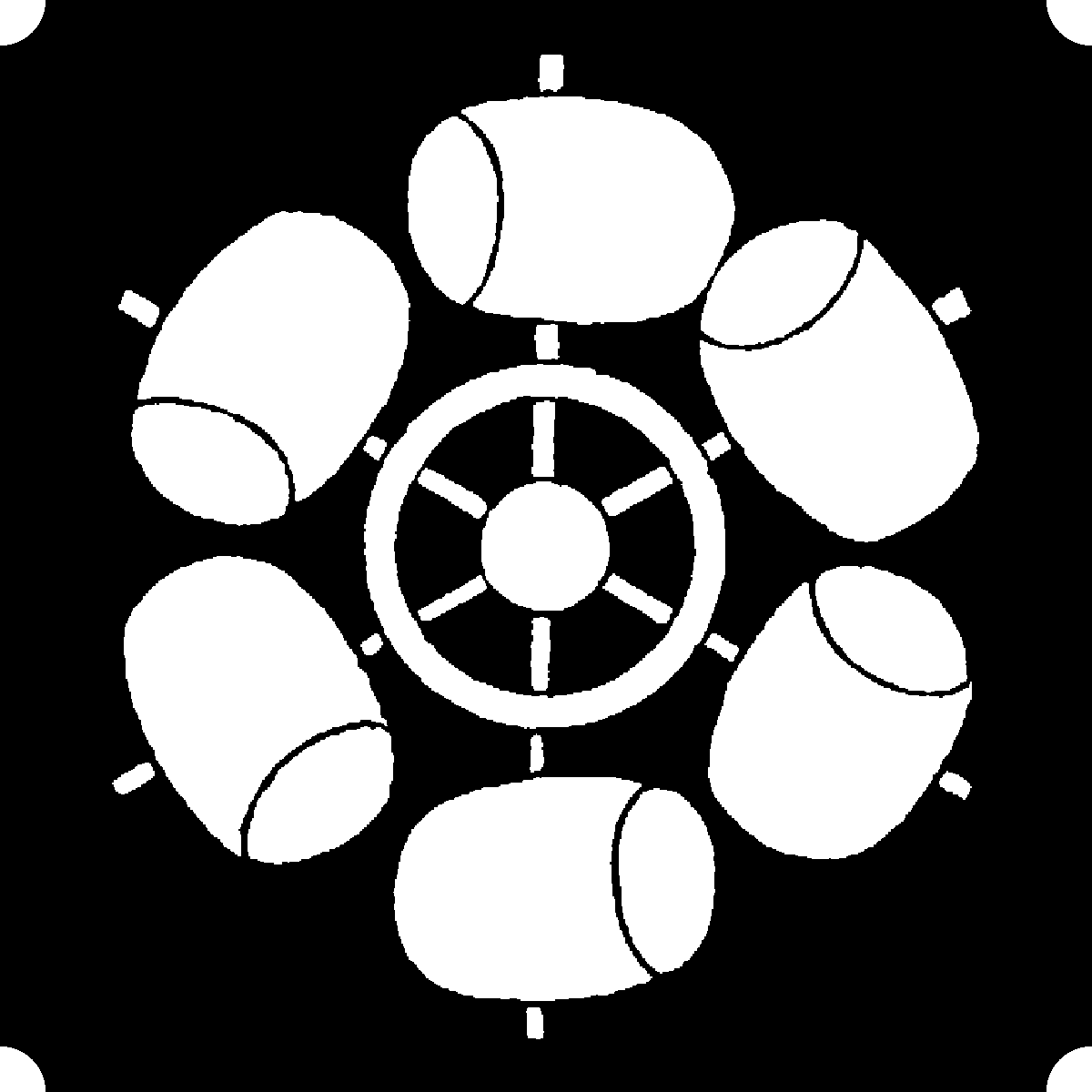

- Domain: Koga
- Stipend: 80,000 koku
- Class: Fudai 5
- Headquarters: Koga Castle
%20258x800.jpg)
Family of daimyo, native to Mikawa.
Elder branch. Until 1675 resided at Koga (Shimosa -- 160,000 koku). The
same year, Toshihisa, the eldest son, having died without children, Toshimasu,
his uncle, became his successor and was transferred to Toba (Shima -- 70,000
koku). The family, having been in 1691 transferred to Karatsu (Hizen -- 70,000 koku),
in 1762 returned to Koga.
Succession
- Toshikatsu (1573-1644) - Daimyo of Omigawa (Shimosa -- 10,000 koku);
daimyo of Sakura (Shimosa -- 142,000 koku); 1st Doi daimyo of Koga (Shimosa
-- 100,000 koku)
- Toshitaka
- Toshishige
- Toshikatsu
- Toshimasu - 5th Doi daimyo of Koga; daimyo of Toba (Shima -- 70,000 koku);
1st Doi daimyo of Karatsu (Hizen -- 70,000 koku)
- Toshizane
- Toshinobu
- Toshisato - 4th Doi daimyo of Karatsu; 1st Doi daimyo of Koga
- Toshiakira
- Toshiatsu
- Toshitsura (1789-1848, daimyo 1822-1844)
- Toshinao
- Toshinori
- Toshitomo
Notable Ancestors
-
Doi
Toshikatsu (1573-1644)
.jpg)
Son of Mizuno Nobumoto, an uncle of Ieyasu. He was adopted by Doi
Toshimasa and brought up with Hidetada. In 1601 he was made daimyo and
received a revenue of 10,000 koku in Shimosa; afterwards he successively
passed to Sakura (Shimosa -- 30,000 koku) and to Koga (Shimosa -- 132,000 koku). Together with Sakai
Tadayo and Aoyama Tadatoshi, he was chosen counselor of Iemitsu. Toshikatsu
had three sons, hence the three branches of the family.
Related Branches
- Younger branch of Toshinaga: Kariya (Mikawa -- 23,000 koku)
- Youngest branch of Toshifusa: Ono (Echizen -- 40,000 koku)
Sources
Uchida
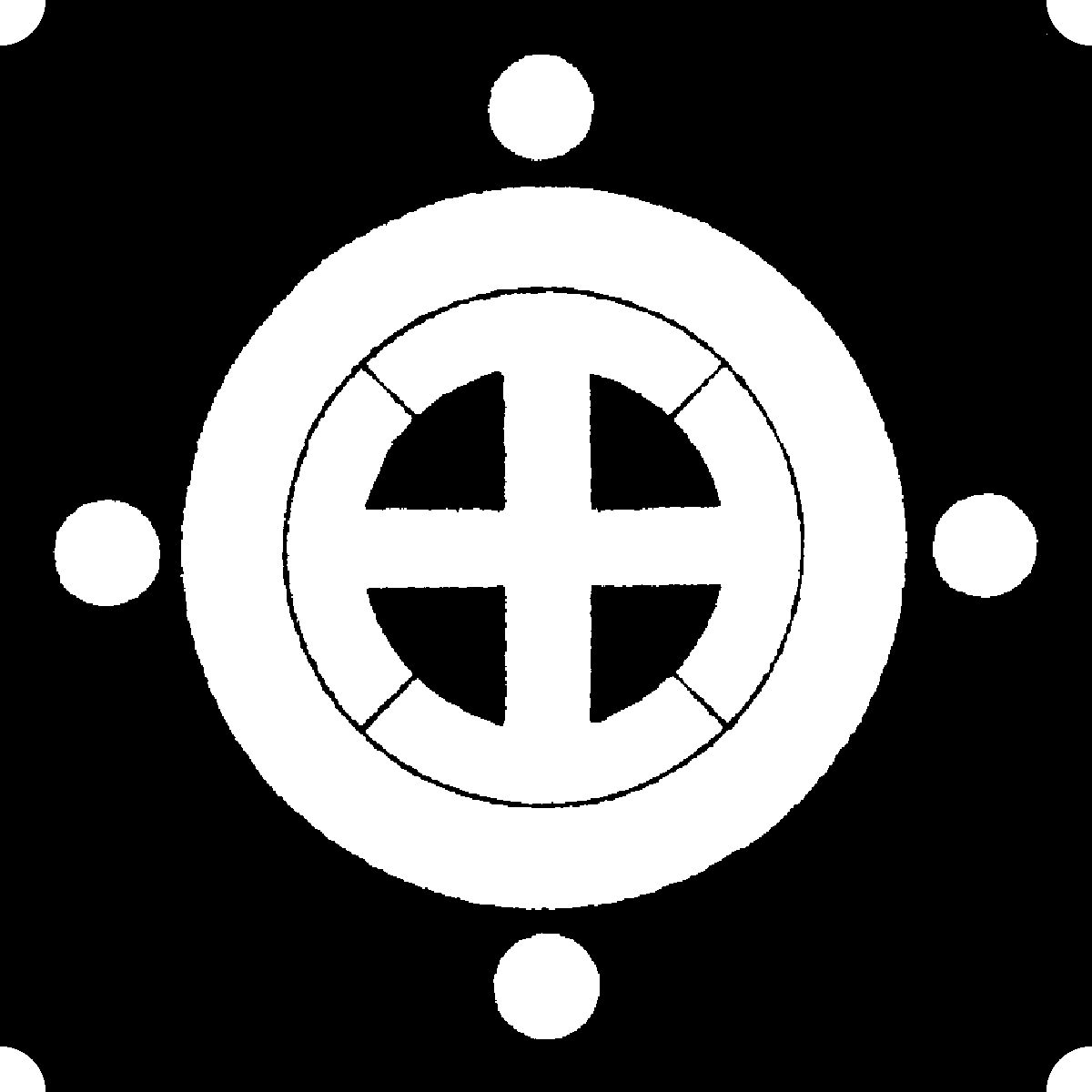

- Domain: Omigawa
- Stipend: 10,000 koku
- Class: Fudai 5
- Headquarters: Municipal office
Daimyo family descended from Fujiwara Muchimaro. In 1639 made noble in the
person of Masanobu ( - 1651). It first resided at Shikanuma (Shimotsuke);
then from 1724 at Omigawa.
Succession
- Masachika
- Masayoshi
- Masayoshi
- Masazumi
- Masamoto
- Masakata
- Masamichi
- Masanori
- Masaatsuna
- Masaakira
Sources
Kuze
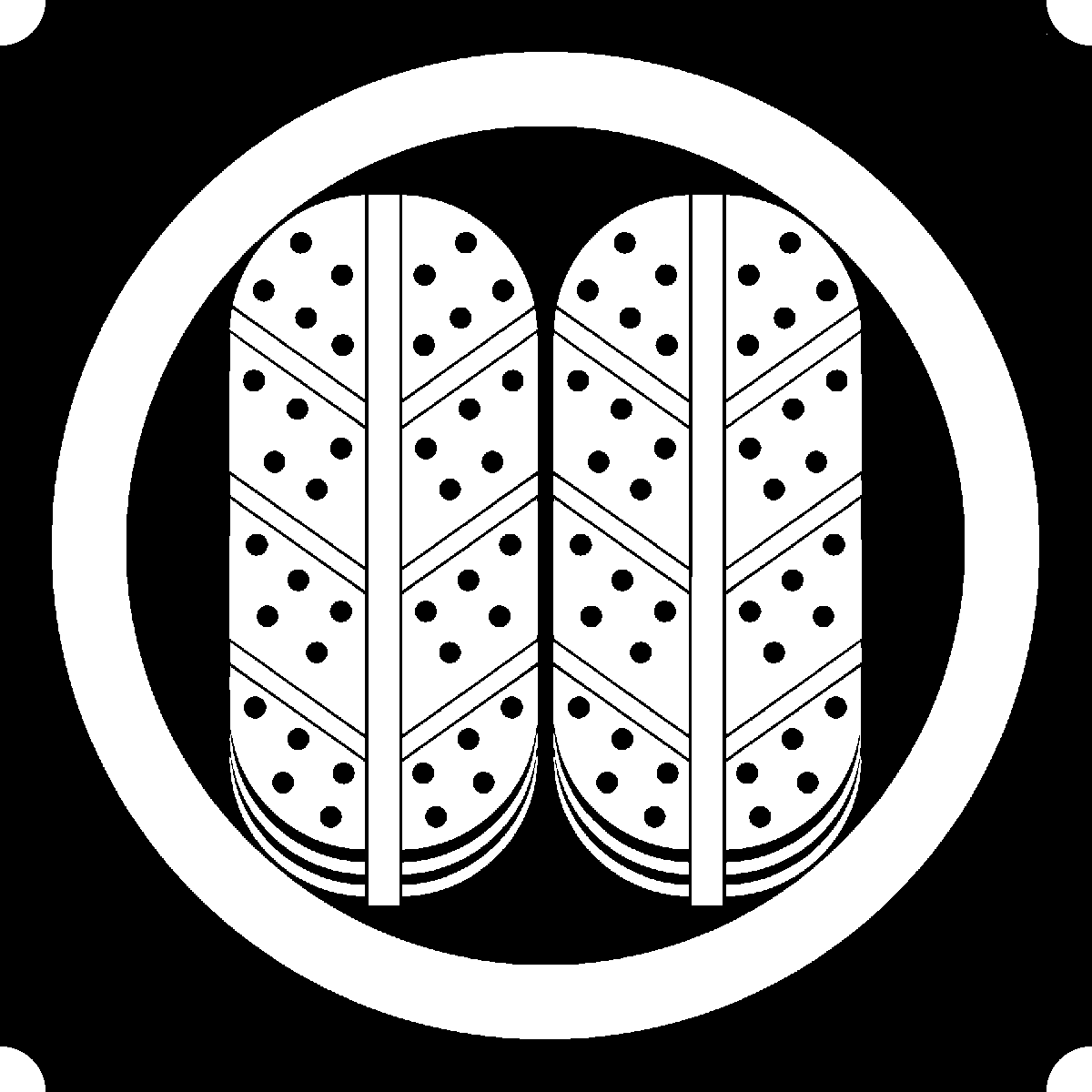

- Domain: Sekiyado
- Stipend: 48,000 koku
- Class: Fudai 5
- Headquarters: Sekiyado Castle (Flatland)
%20450x600.jpg)
Family of daimyo originating in Mikawa and descended from Murakami-Genji.
Succession
- Hironobu (1561-1626)
- Hiroyuki (1609-1679) - 1st Kuze daimyo of Sekiyado (Shimosa -- 50,000
koku), 1st tenure
- Shigeyuki - 2nd Kuze daimyo of Sekiyado; daimyo of Niwase (Bitchu --
50,000 koku); daimyo of Kameyama (Tanba -- 50,000 koku); daimyo of Yoshida
(Mikawa -- 50,000 koku); 1st Kuze daimyo of Sekiyado, 2nd tenure
- Teruyuki
- Hiroakira
- Hiroyasu
- Hirotaka
- Hirochika (1819-1864, daimyo 1830-1862)
- Hirofumi
- Hironari
Notable Ancestors
-
Kuze
Hironobu (1561-1626)
Kerai of Ieyasu, served in all his campaigns.
-
Kuze
Hiroyuki (1609-1679)
On the death of his father, was raised to the rank of daimyo, and in 1665 received
the fief of Sekiyado (Shimosa -- 35,000 koku).
His descendants established themselves successively: in 1683 at Niwase (Bitchu);
in 1686 at Kameyama (Tanba -- 45,000 koku); in 1697 at Yoshida (Mikawa); in
1705 at Sekiyado (Shimosa -- 53,000 koku), where they remained, but in 1862
their revenues
were reduced to 43,000 koku.
Sources
Inoue
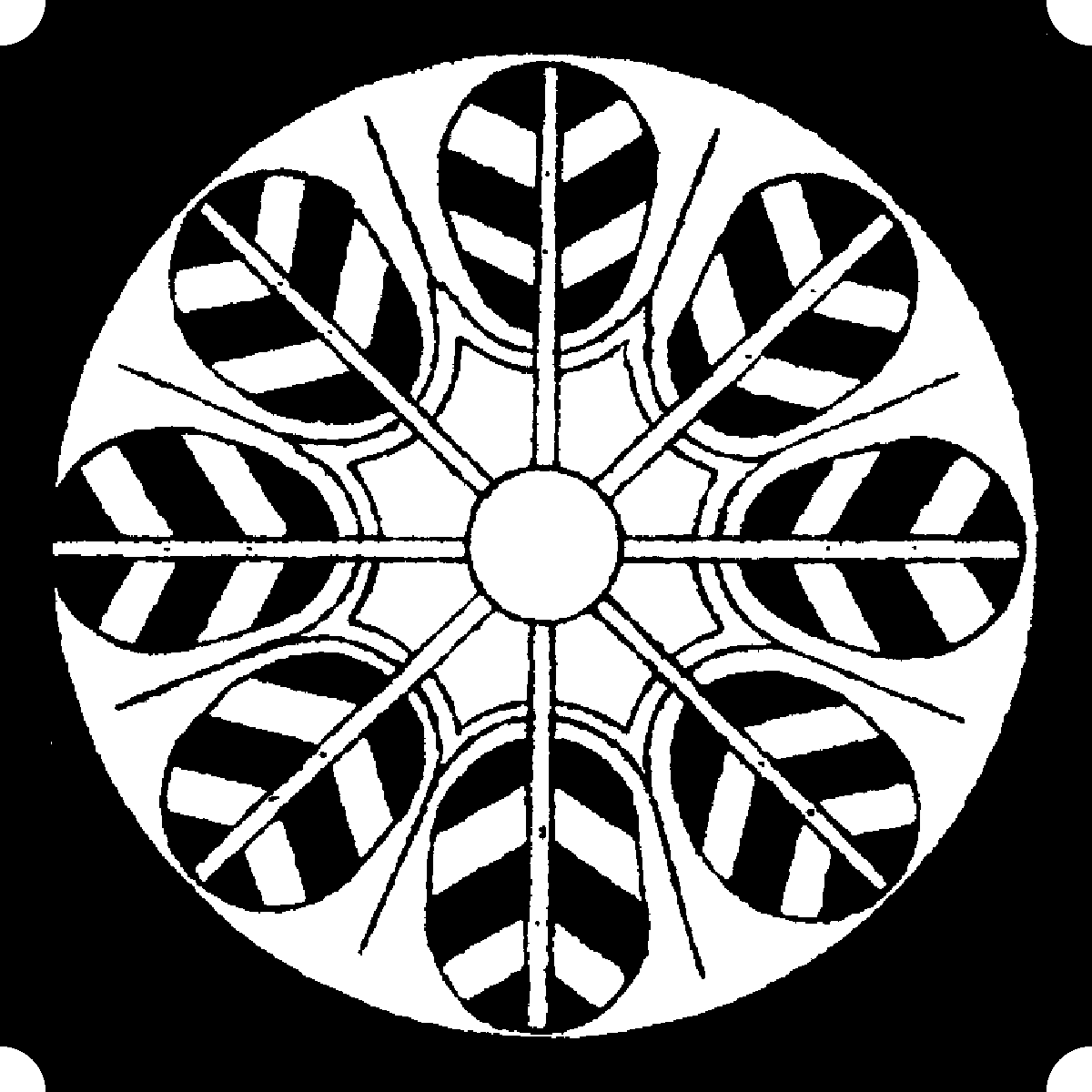

- Domain: Takaoka
- Stipend: 10,000 koku
- Class: Fudai 5
- Headquarters: Municipal office
Daimyo family native to Mikawa and descended from Minamoto Yorisue (Seiwa-Genji).
3rd branch, which since 1640 resided at Takaoka.
Succession
- Kiyohide
- Masashige - 1st Inoue daimyo of Takaoka
- Masakiyo
- Masaakira
- Masachika
- Masamori
- Masakuni
- Masanori
- Masataki
- Masamura
- Masayoshi
- Masayori
Related Branches
- Elder branch: Hamamatsu (Totomi -- 60,000 koku)
- Junior branch: Shimotsuma (Hitachi -- 10,000 koku)
Sources
Morikawa


- Domain: Oyumi
- Stipend: 10,000 koku
- Class: Fudai 5
- Headquarters: Municipal office
Daimyo family from Owari and descended from the Seiwa-Genji.
Succession
- Shigetoshi (1584-1632)
- Shigemasa
- Shigenobu
- Toshitane
- Toshitsune
- Toshinori
- Toshitaka
- Toshitomo
- Toshitami
- Toshihira
- Toshinori
- Toshitaka
Notable Ancestors
-
Morikawa
Shigetoshi (1584-1632)
Son of Ujitoshi. In 1627 was ennobled and received a revenue of 10,000 koku
at Oyumi (Shimosa) with the titles of Naizen no kami and Dewa no kami. When
the ex-Shogun Hidetada died, Shigetoshi killed himself (junshi) in order not
to survive his master.
Sources
Matsudaira (Hisamatsu)
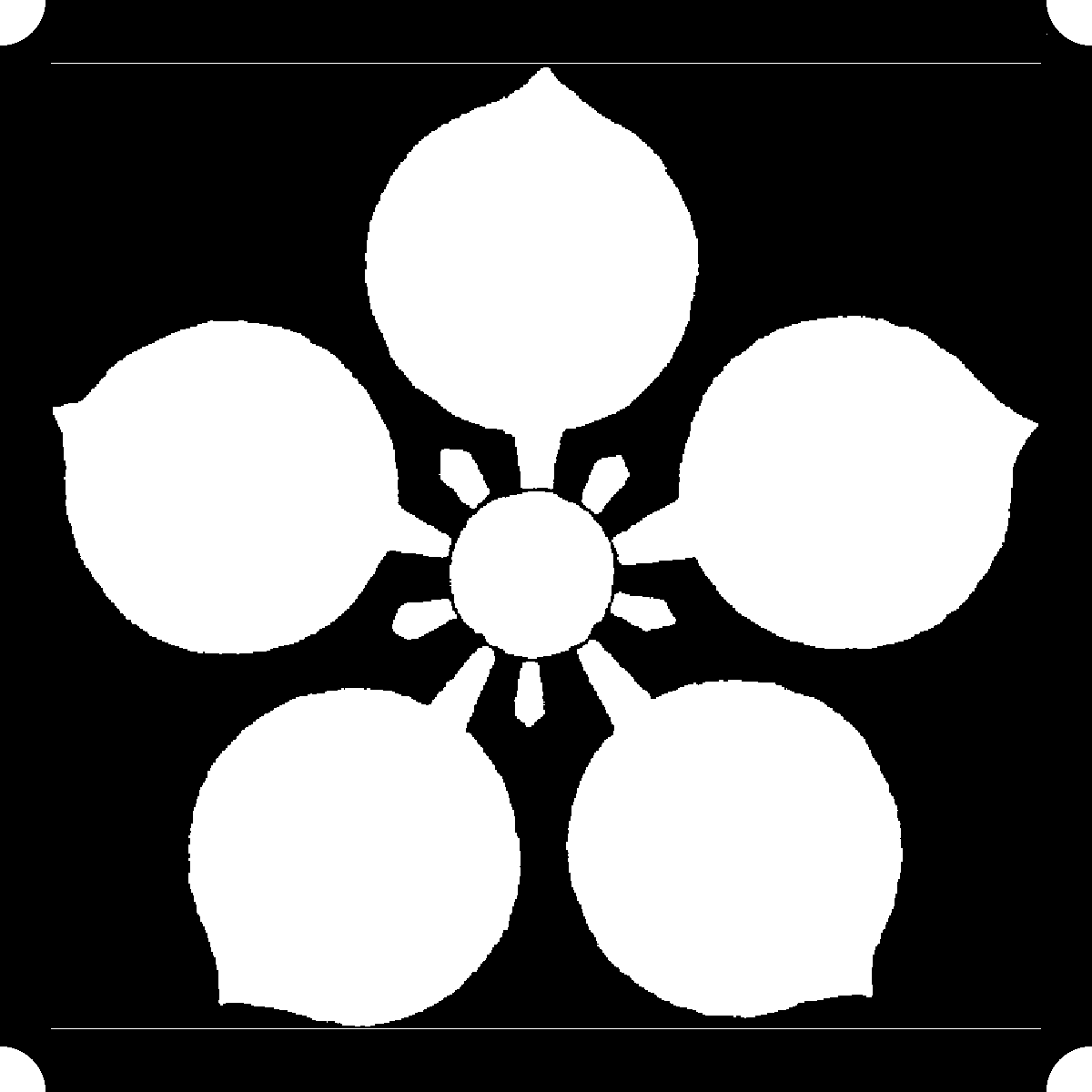

- Domain: Tako
- Stipend: 12,000 koku
- Class: Fudai 5
- Headquarters: Municipal office
Family descended from one of three brothers of Tokugawa Ieyasu.
Succession
- Toshikatsu
- Katsutoshi/Yasutoshi (1556-1586)
- Katsumasa
- Katsuyoshi
- Katsuyasu
- Katsuyuki (2nd son of Katsuyoshi)
- Katsuyuki (9th son of Katsuyoshi) - 1st Hisamatsu daimyo of Tako
- Katsufusa
- Katsutada
- Katsutake
- Katsuyuki
- Katsunori
- Katsuyuki
- Katsunari
Notable Ancestors
In a 2nd marriage, he took to wife Dai, the mother of Ieyasu and widow
of Tokugawa Hirotada ( -1549), by whom he had three sons.
-
Matsudaira
Katsutoshi (1556-1586)
Eldest son of Toshikatsu. It was only in 1713 that his descendants were
ennobled and received the Tako domain (Shimosa -- 12,000 koku).
Related Branches
- Matsuyama (Iyo -- 150,000 koku)
- Kuwana (Ise -- 100,000 koku)
- Imabaru (Iyo -- 35,000 koku)
Sources
|
